Liquid level switches detect liquid levels or interfaces between liquids such as oil and water, or liquid and solid interfaces. Liquid level switches are used in a number of liquid container monitoring applications including flow line monitoring, heaters and furnaces, as well as other household appliances, automotive applications, and control technology.
Principle: This is a simple limit switch based level switch. When the float moves with the raise in level then the output contact changes & it indicates the level position.
Also Read: Magnetic Float Level Switch Principle
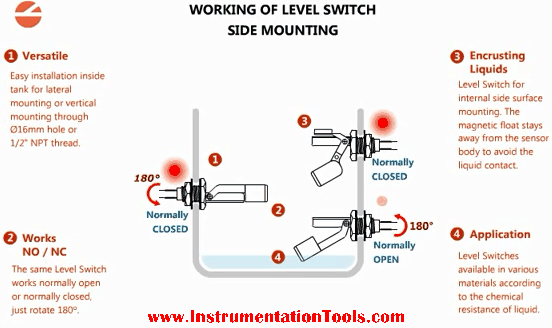

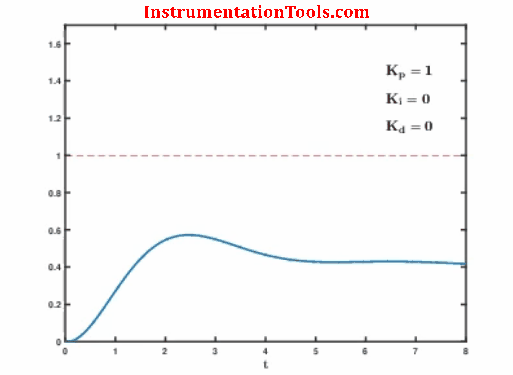
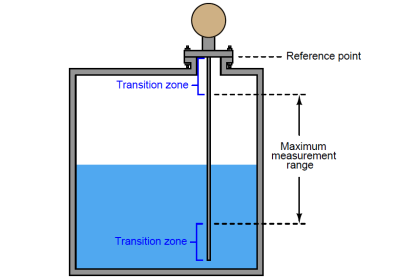
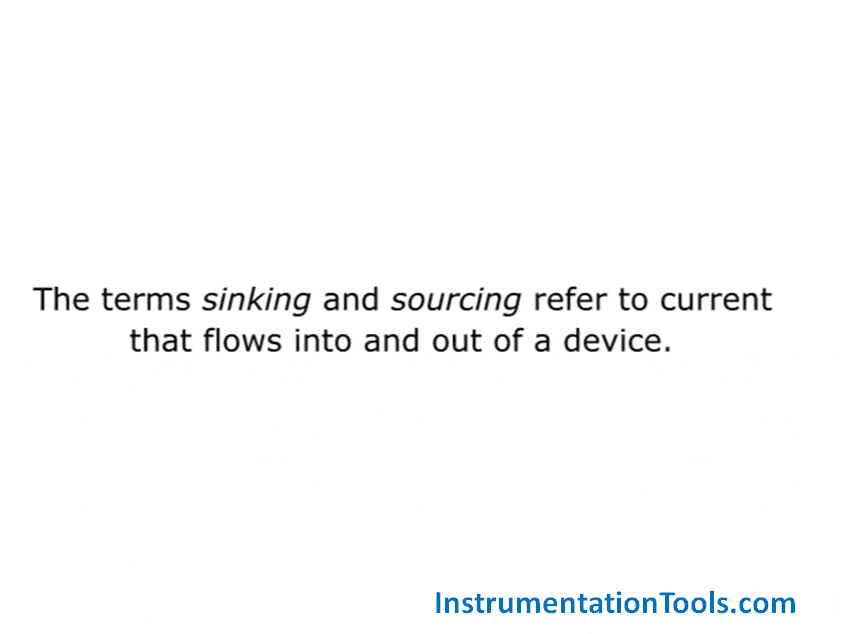

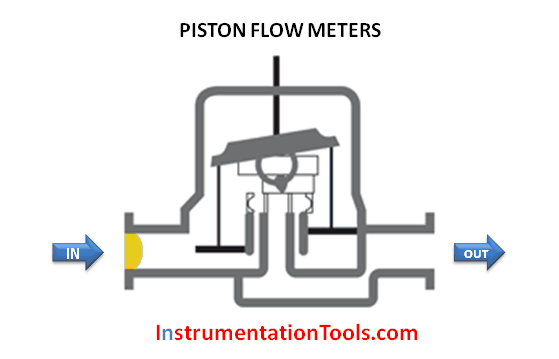
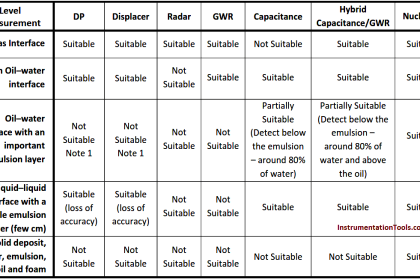
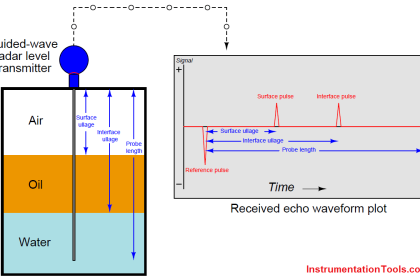
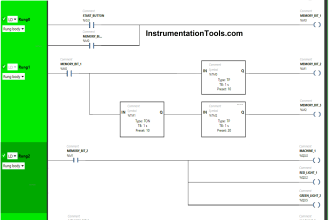
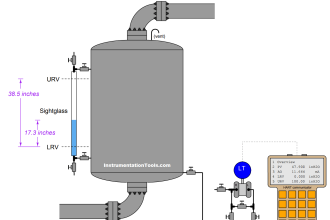
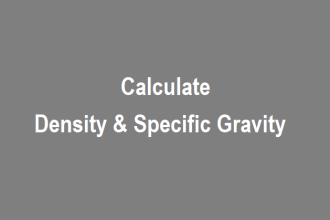
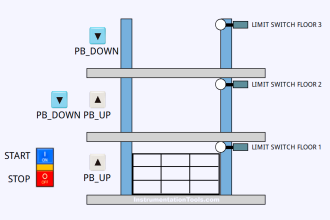
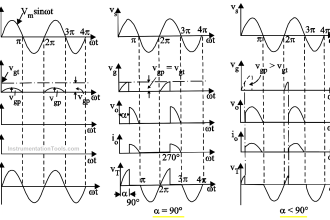


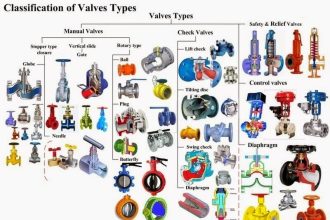

Mr reddy you are great teacher. I like all your articles. please give me some hints about compressor anti surge system. I will thank full to you
Hello Adnan, For Anti Surge Controller Principle Pl click here More articles will be published soon. Thank You
Sir i want to read all ur articles so please will you tell me where from its?
dear sir, please make your article are in Hindi font
Hello Viral Parmar, For Hindi Font – Just Select Hindi in Language Translator available in right side of website. Thanks
it is very useful information , thanks
i well be in following up